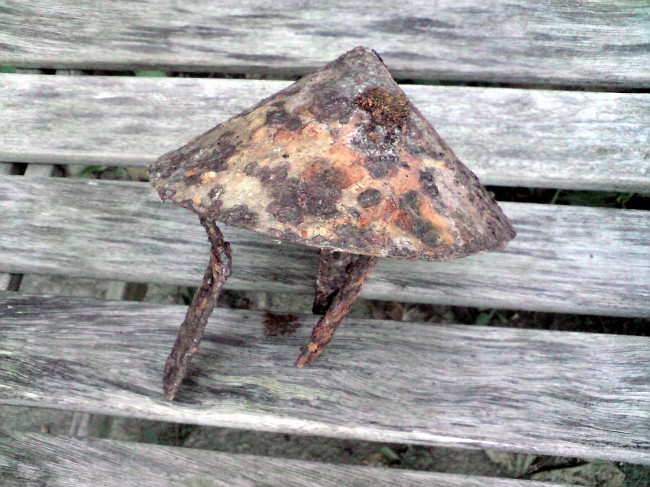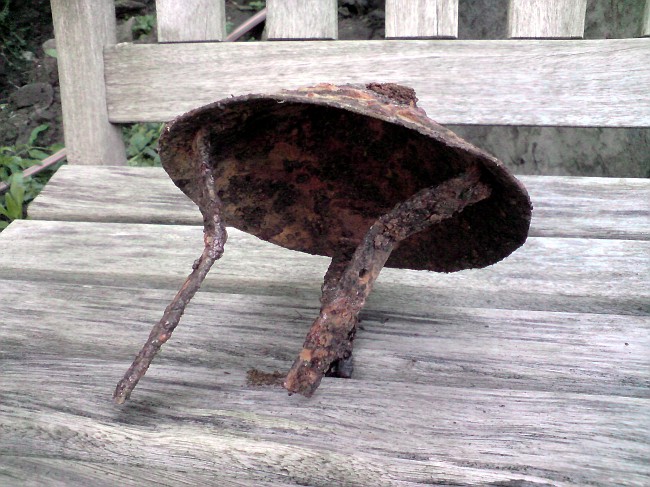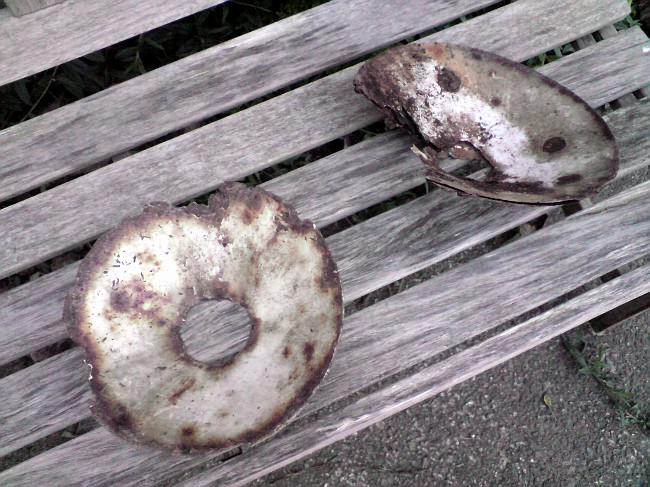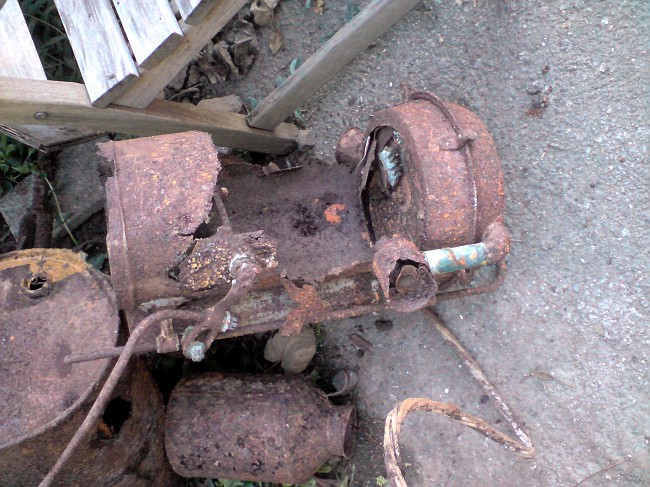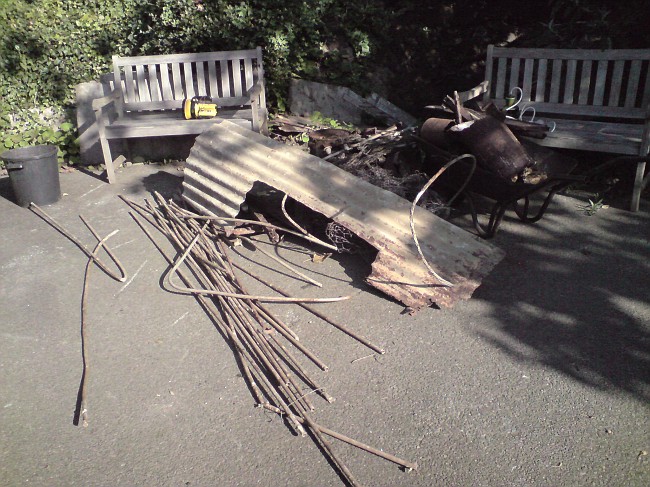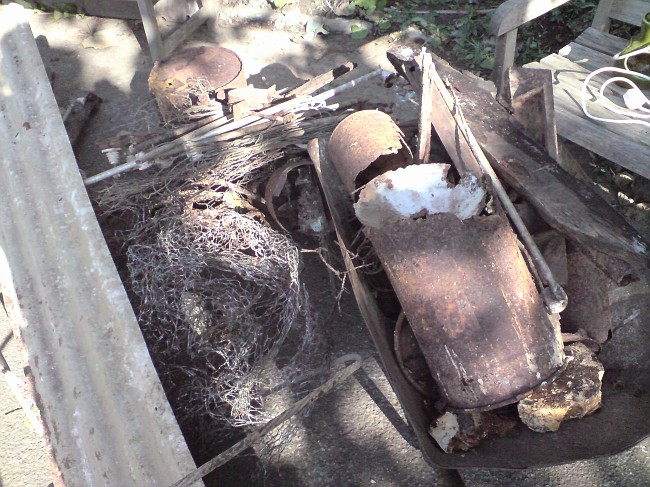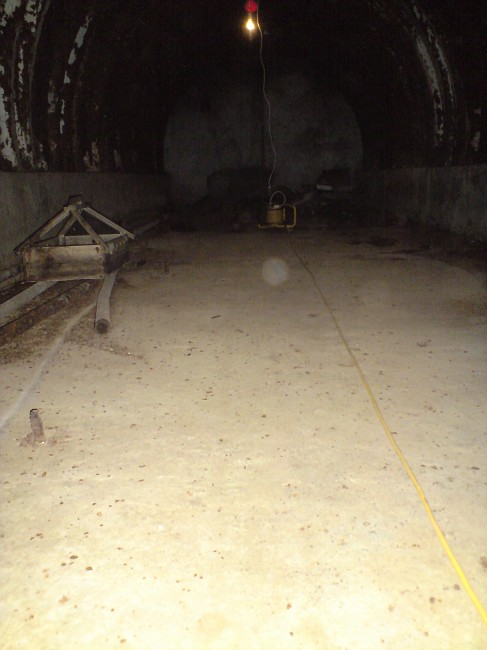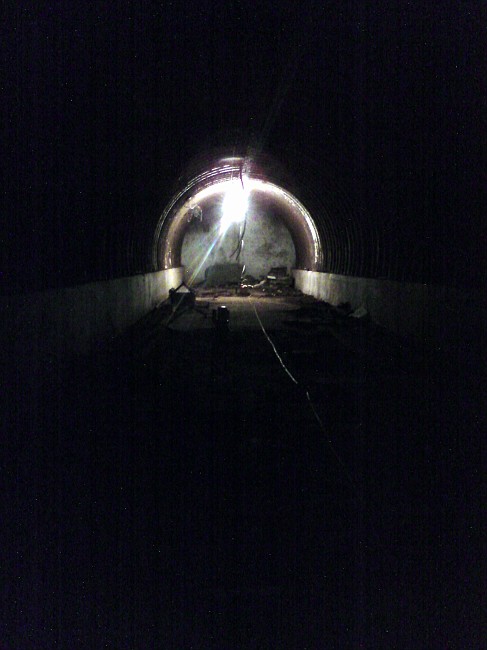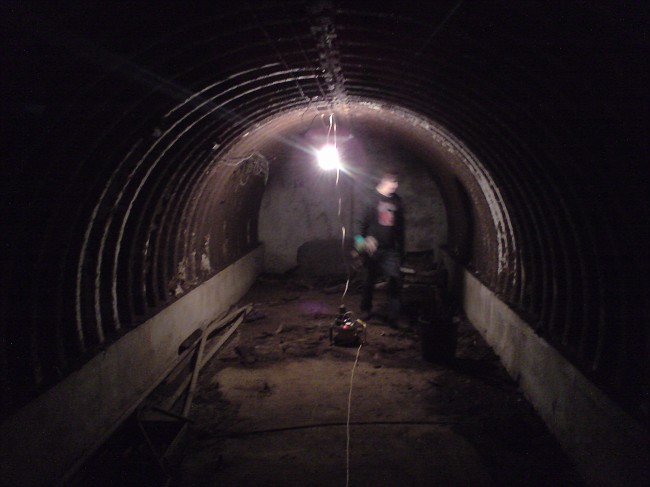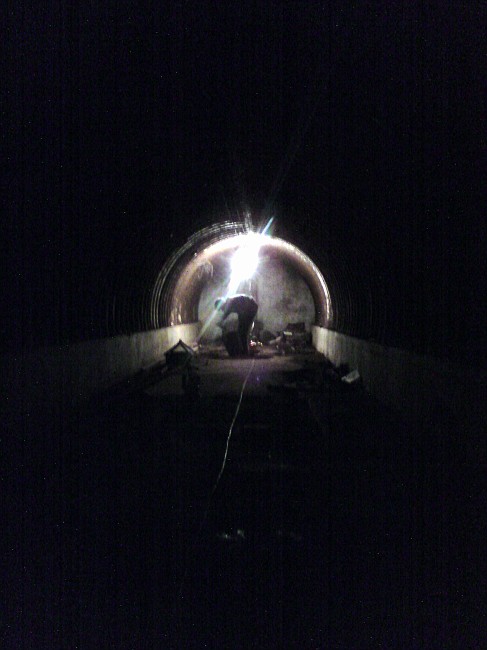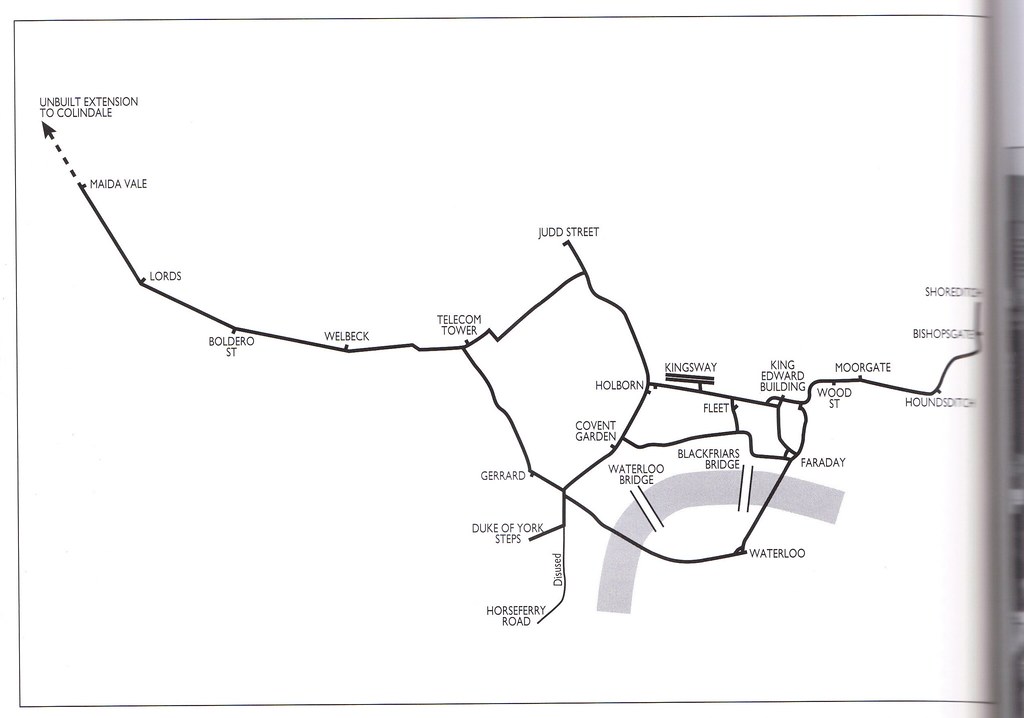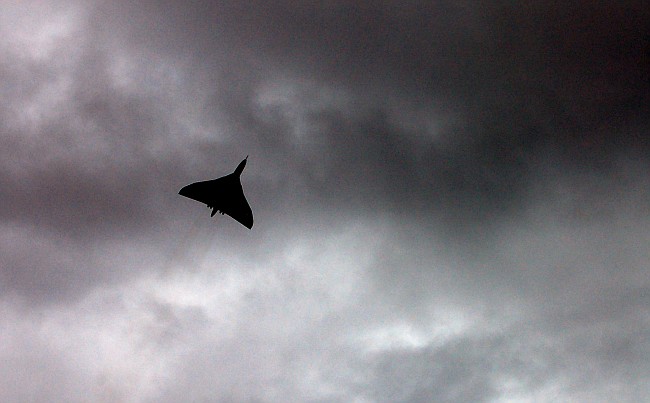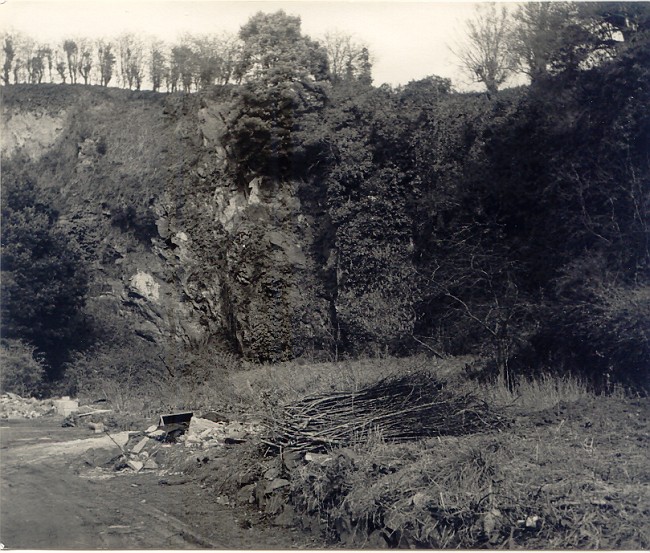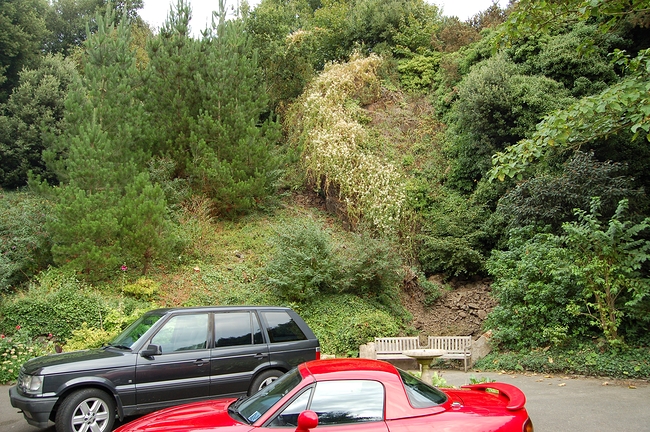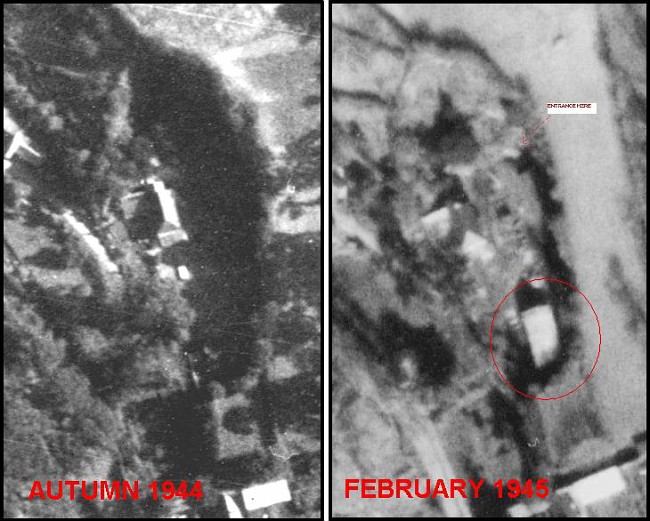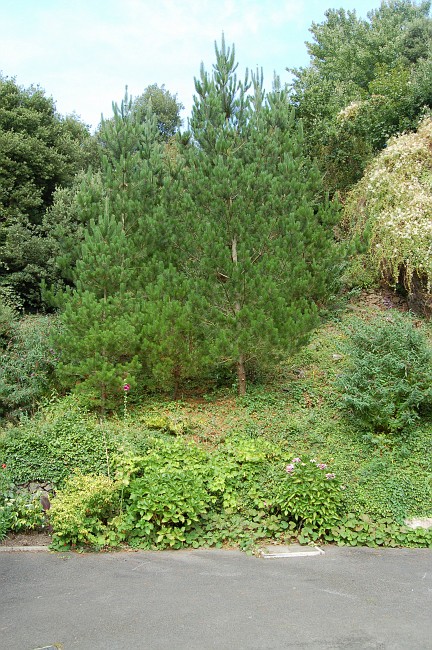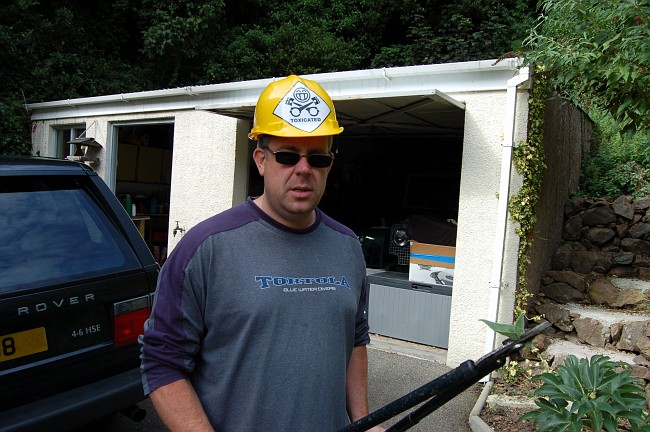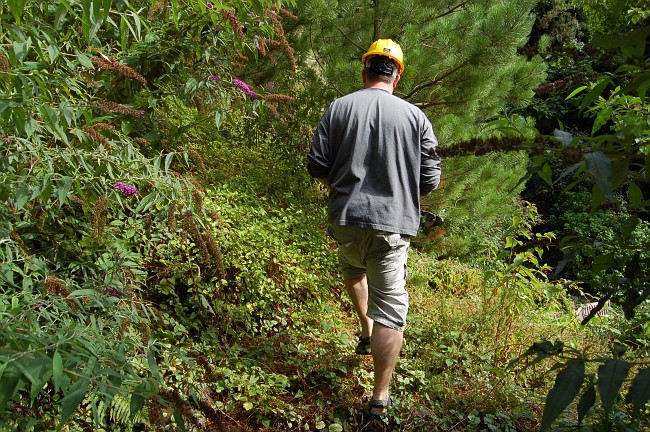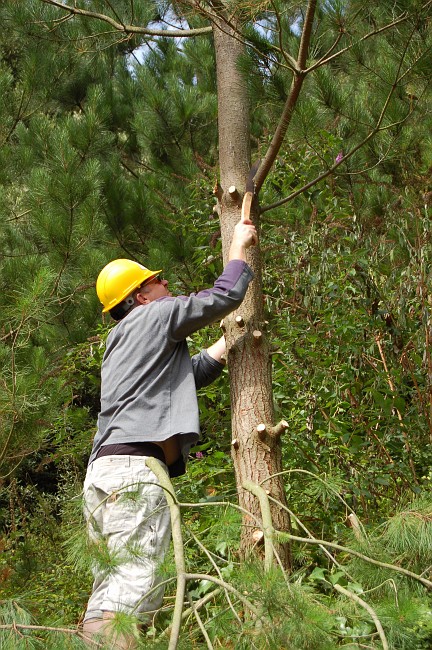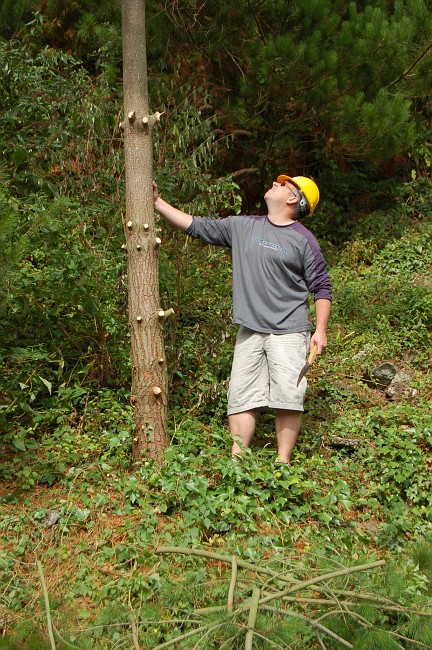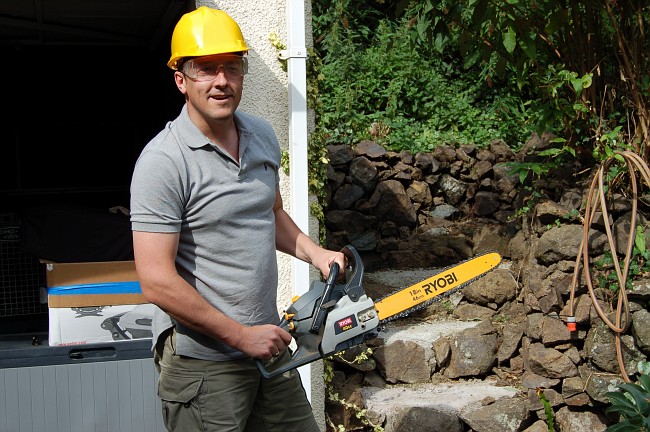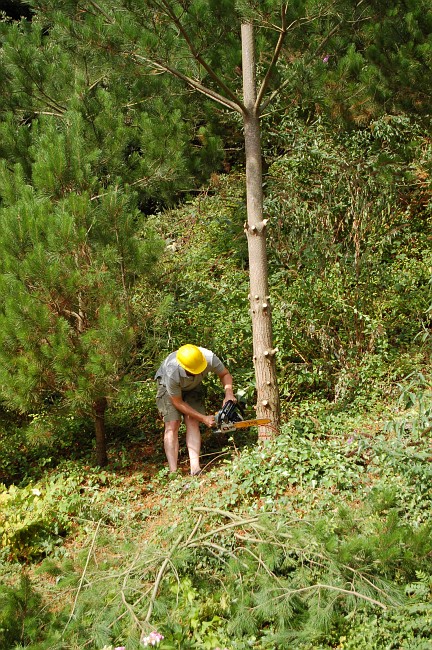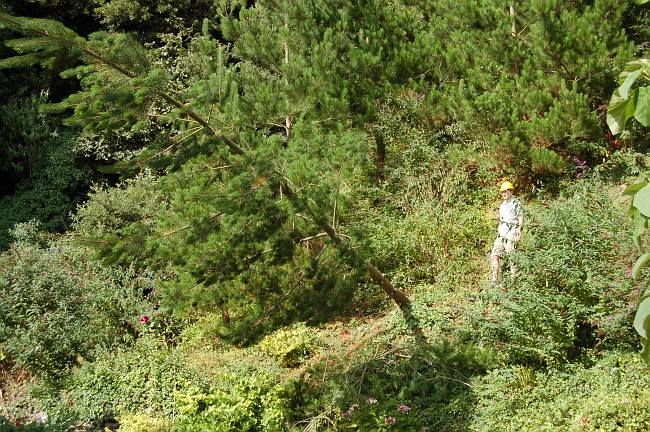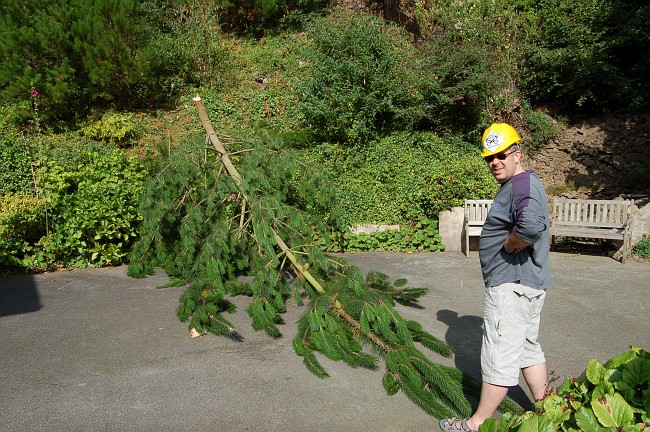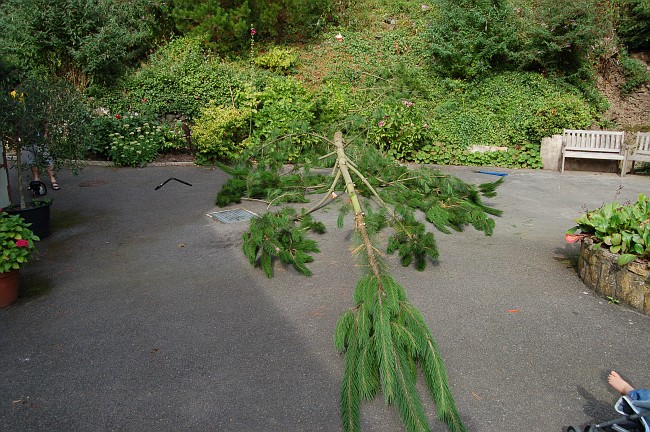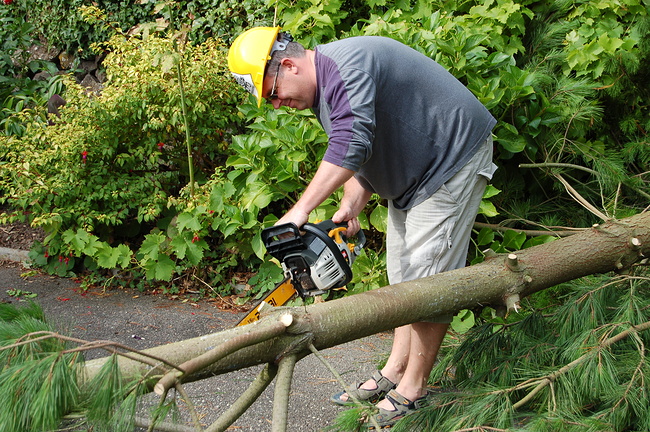 Huffmeier is also credited with arranging, in the spring of 1945, several daring raids on a nearby French sea port, which was at the time under the control of the allies, even though the end of the war was looming. Wikipedia entry.
Huffmeier is also credited with arranging, in the spring of 1945, several daring raids on a nearby French sea port, which was at the time under the control of the allies, even though the end of the war was looming. Wikipedia entry.A month before the war ended Huffmeier addressed a mass meeting in the Forum cinema, where he explained the importance of defending the Channel Islands. An attack by the British and Americans might at any moment put them in the front line. They must prepare for this hour spiritually and materially; the more desperate the times the more united they must be.
After the death of Hitler, Huffmeier berated the skipper of a Red Cross vessel, which was in port, for not flying his flag at half-mast. Later that day an Allied ship appeared and signalled proposals for surrender. He replied: "Ihr Angeboot ist uberflussig" ("Your request is superfluous", or colloquially, "Get lost"). Huffmeier apparently believed that the islands--being "British"--could be used in bargaining to gain better terms for a defeated Germany.
On 8th May, as Churchill formally announced the surrender of the rest of Germany, a similar demand was put to Huffmeier. His representative, a nervous young naval officer, Armin Zimmerman (who later held senior rank in NATO), kept the rendezvous with the ships HMS Bulldog and HMS Beagle. Taking a deep breath, he told the British he had been authorised to discuss an "armistice", not a "surrender". His hosts replied that it was surrender or nothing. Zimmerman took another deep breath and said his instructions were that the British must withdraw or they would be fired upon.
The two ships retired to a safe distance. That night saner voices pressured Huffmeier to change his mind. The ships returned; Huffmeier threatened to open fire when they arrived before the appointed time. Generalmajor Heine, Huffmeier's deputy, signed the surrender document. Huffmeier could not bring himself to attend. It was left to von Aufsess to announce, at a hastily convened meeting of Channel Island elders: "Der Krieg ist zu Ende, und in den Kanalinseln auch" ("The war is over, and in the Channel Islands too"). Thus it was that the European war ended in the Channel Islands a day later that it ended anywhere else.
HMS Beagle returned on 12th May, and took Huffmeier into formal custody. His last order, which was disobeyed, was that his men should greet the British with Nazi salutes."
